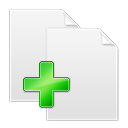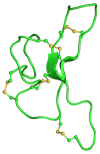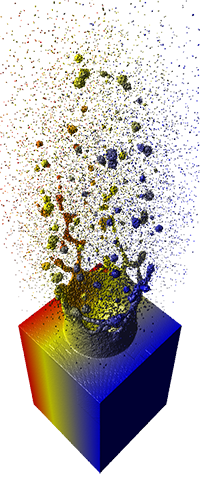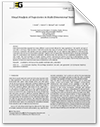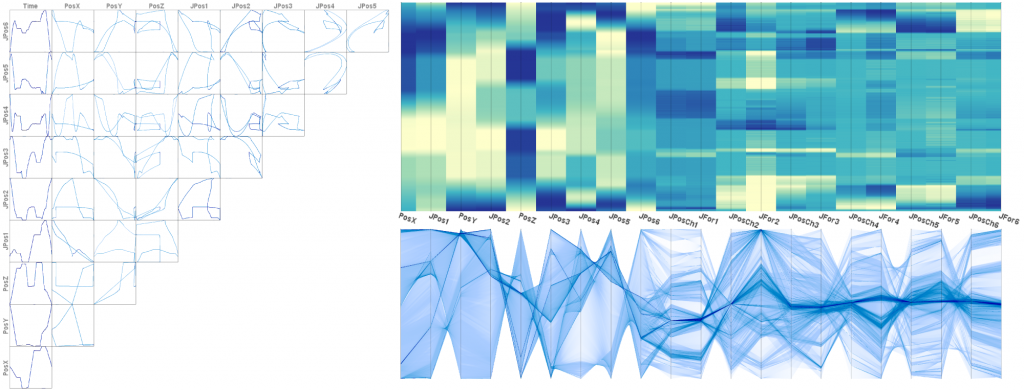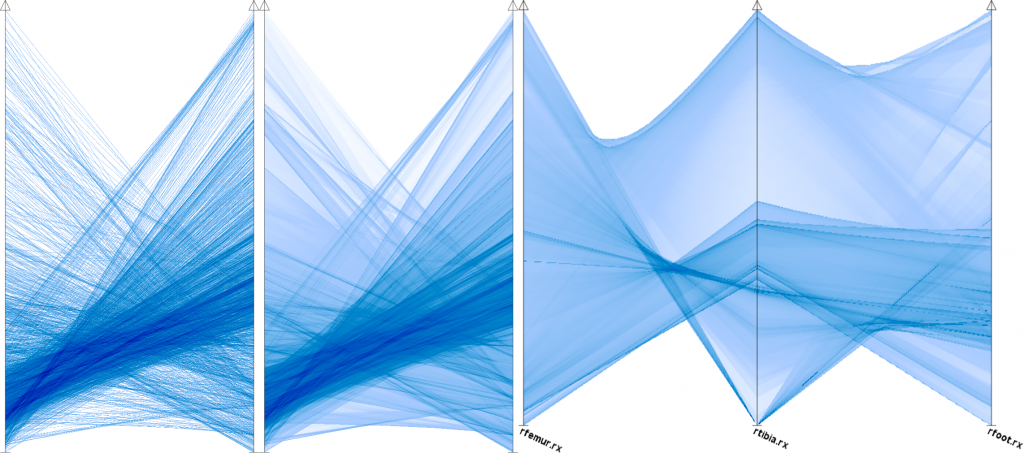Inter-process communication always was a pain, at least when dealing with platform independent C++ environments. I have tried many things and none was really satisfying. Either the performance, the usability or the maintainability and extendibility were not acceptable. I never found a method I would want to build on.
Without doubt, a de-facto standard are web services. But, from my perspective, the perspective of a visualization and computer graphics guy, the overhead, in terms of runtime performance and development, are not acceptable. I am not talking about data rates, architecture or latencies alone. But take all these things together and apply then to interactive visualization and you get a solution to 90% of all your problems. The remaining 10%, however, are painfully bad. So you are forced to introduce a second communication channel. And so, you start implementing everything twice, again. Programming in computer graphics and interactive visualization is always so pitiably far away from nice software engineering. But I have chosen this problem as one of my research fields and I have chosen to find fitting solutions to such problems. It is an extremely fruitless work, but to me it is an important topic and I believe it is worth the work.
One rather new idea crawling around in my head is about JSON-RPC. The protocol is simple, small, trivial, but also a sufficient solution to all technical problems. That is a charming combination. Especially so, because no concrete transport channel is needed. Queries and calls can be transported interleaved in the high-performance communication channel used for the rest of the data. But they don’t have to be. I believe, looking at this approach as interpreting and managing layer only makes sense.
And talking about implementation, here we have the catch. I don’t want to claim I did an exhaustive search for implementing libraries. But the libraries I have seen so far were of disillusioning low quality. While, as foundation, jsoncpp and jansson left good impressions I cannot say that about JsonRpc-Cpp and libjson-rpc-cpp. I don’t want to badmouth these projects, but they are not fitting for my plans. For example, it seems impossible to compile theses as Dlls on Windows without massively altering their source code.
Honestly, I do not know where this path is taking me. Well, within the next few weeks it will take me nowhere. I have plenty of other important problems on my desk to keep me occupied. But the idea remains interesting and I will continue on this topic.
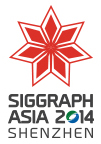
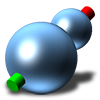
 As a matter of fact,
As a matter of fact, 
